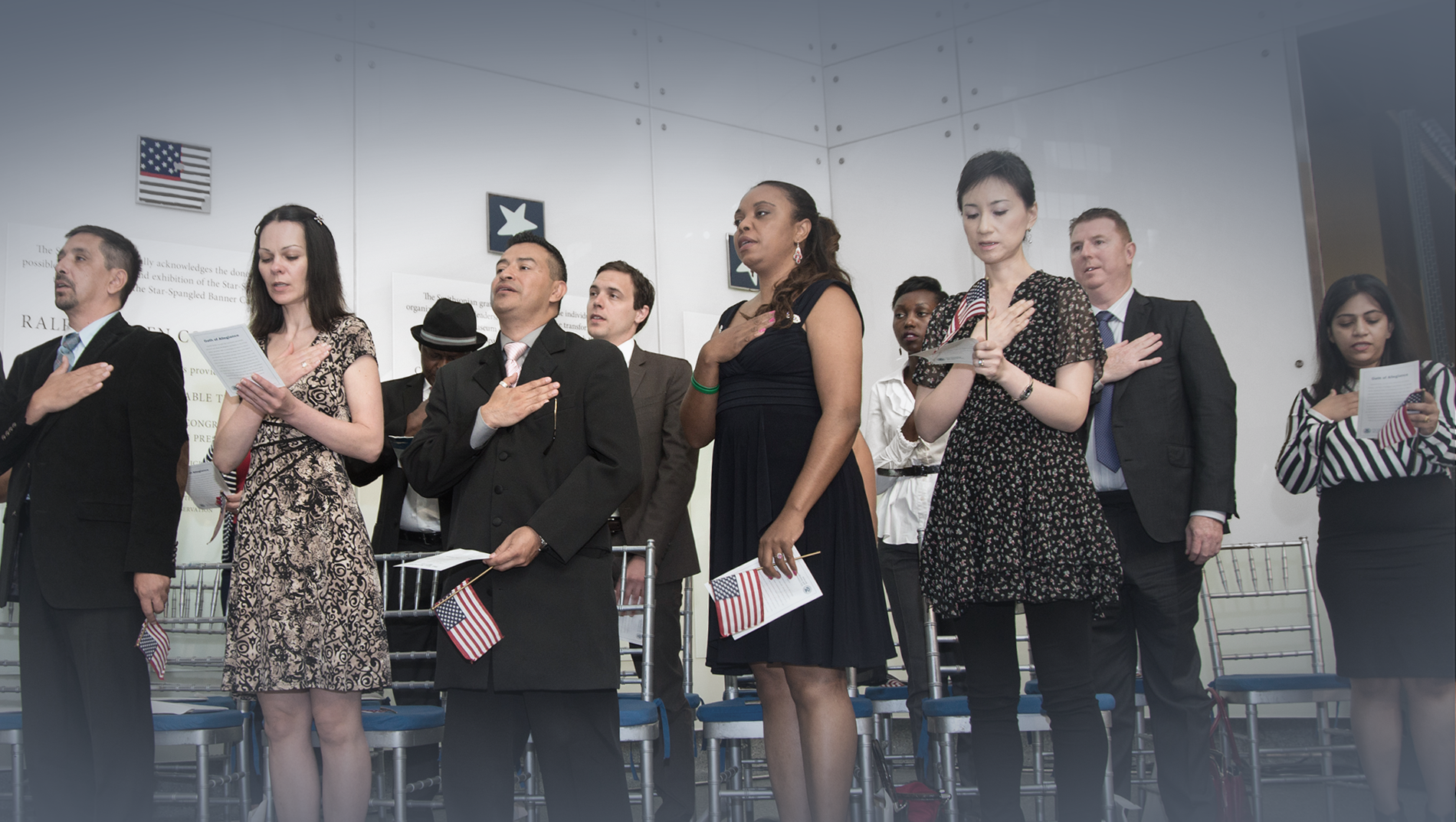Immigration 101
The U.S. immigration system is complex and can be difficult to understand. These resources provide key data points, historical information, and background on hot topics in immigration. Learn the basics about immigration. Immigration in the United States is complex and ever-evolving. Start here to understand the fundamental aspects of immigration policy, its history, and its impact on both individuals and the country at large. Learn commonly used terms about immigration law and how the U.S. immigration system is designed. Explore layered topics like how and whether immigrants can become citizens, as well as what individual protections look like under the law.
How the United States Immigration System Works
- How the Immigration System Works
- June 24, 2024
U.S. immigration law is very complex, and there is much confusion as to how it works. This fact sheet provides basic information…
Read More
Birthright Citizenship in the United States
- Birthright Citizenship
- October 16, 2024
This fact sheet explains birthright citizenship, the Fourteenth Amendment, and its interpretations. Who is…
Read More
Asylum in the United States
- Asylum
- August 27, 2014
Asylum seekers must navigate a difficult and complex process that can involve multiple government…
Read More
Donald Trump’s Shortsighted Immigration Plans Won’t Secure the Homeland
As any serious national security expert will tell you, trying to find a potential terrorist by treating all immigrants or Muslims as security risks is far too vague to be effective. Accurate intelligence and effective information-sharing across agencies is the key to national security—not profiling. Yet in a bombastic August… Read More

Lincoln v. Trump on Immigration
Although much has been written about how the party of Abraham Lincoln became the party of Donald Trump, one additional area where these two men parted ways is immigration. The world of today is different from the world in which Abraham Lincoln lived or could have imagined. And I… Read More

Humayun Khan and America’s Debt to Foreign-Born Service Members
Khizr and Ghazala Khan appeared at the Democratic National Convention in Philadelphia last week to honor their son Capt. Humayun Khan, who was killed in Iraq in 2004 while serving in the U.S. Army. The controversy that followed could not have been predicted with the Republican candidate attacking the… Read More

Texas Ends Attempt to Deny Birth Certificates to Children of Immigrants
More than a year ago, Texas county officials began to require that foreign passports presented by parents seeking to obtain their child’s birth certificate include a valid U.S. visa. The state also ended its practice of accepting Mexican “matriculas” as a form of identification. As a result, many… Read More

Tim Kaine’s Views on Immigration Policy
Democratic Presidential Candidate, Hillary Clinton has named Senator Tim Kaine of Virginia as her Vice-Presidential running mate. Read More

Practical, Comprehensive Immigration Solutions Promote Public Safety
Washington D.C. – Since the tragic murder of Kathryn Steinle in San Francisco this month, there has been a flood of criticism leveled against state and city policies that limit local involvement in immigration enforcement and questions raised about whether the federal government is doing enough to enforce the immigration… Read More

The Exchange Visitor Program and J-1 Visas
The Exchange Visitor Program (EVP) initially brought scholars to the United States to teach or conduct research. Today, there are 14 categories of programs through which EVP participants can teach, study, research, or receive training. Read More

Tracking Hillary Clinton’s Promises on Immigration Reform
By 2050, minorities will become the majority in the United States. This is the first point Hillary Clinton made while speaking before the League of United Latin American Citizens (LULAC) in Washington D.C. this week. In a pointed speech, which she spent much of criticizing her opponent… Read More

Employment Authorization and Asylum: Strategies to Avoid Stopping the Asylum Clock
The American Immigration Council’s Practice Advisory, Employment Authorization and Asylum: Strategies to Avoid Stopping the Asylum Clock, has been updated to reflect extensive changes to the manner in which the United States Citizenship and Immigration Services (USCIS) and the Executive Office for Immigration Review (EOIR) determine an asylum applicant’s eligibility for an Employment Authorization Document (EAD). Read More

Inspection and Entry at a Port of Entry: When is there an Admission?
This Practice Advisory focuses on the meaning of “admission” in four very specific, but frequently encountered situations: a “wave-through” at a port of entry; and entry based on misrepresentation; an entry based on a false claim to U.S. citizenship; and the grant of TPS as an admission for purposes of adjustment of status. Read More
Make a contribution
Make a direct impact on the lives of immigrants.

